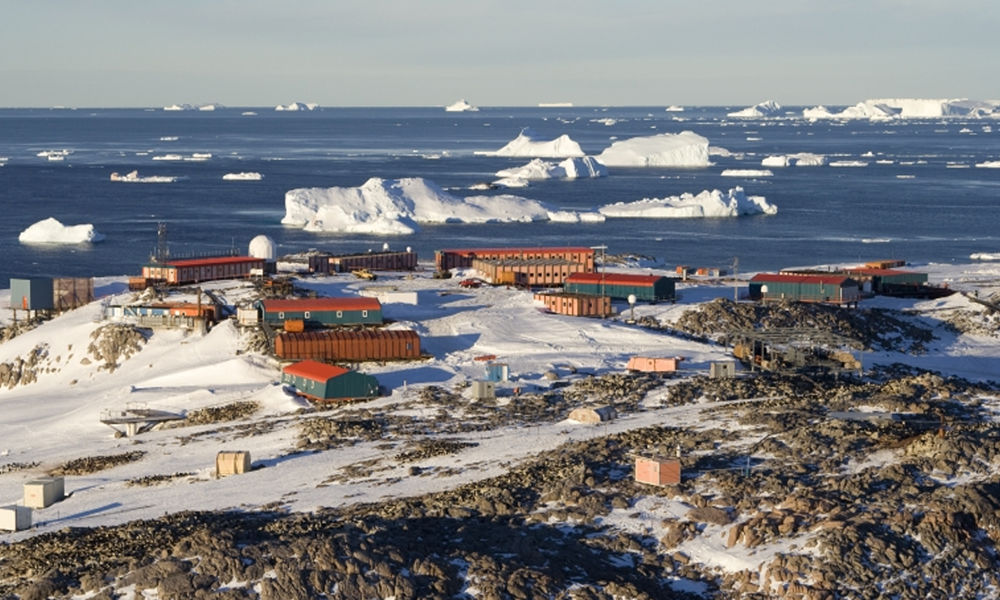The South Pole, considered the coldest point on Earth, has been rapidly warming more than three times the rate of the global average over the past 30 years, according to a recent study published in the journal Nature Climate Change.
An international team of climate scientists led by Ohio University professor Ryan Fogt and Ohio alumnus Kyle Clem team analysed weather station data at the South Pole, as well as climate models to examine the warming in the Antarctic interior.
While scientists have known that the outer regions of Antarctica are warming, it was previously believed that the South Pole, located deep in its interior, was isolated from rising temperatures.
The South Pole, which sits on an icy plateau a mile and a half above sea level, has temperatures that generally range between minus 50 and minus 20 degrees Celsius. The team found that the average temperature in the region rose by 1.8 degree C for 30 years between 1889 and 2018, at a rate of +0.6 degrees Celsius per decade, which is three times the global average. During that time, globally, temperatures rose about 0.5 to 0.6 degree C.
‘This highlights that global warming is global and it’s making its way to these remote places,’ Clem was quoted by CNN.
The scientists said the main cause of the warming was naturally rising temperatures in the tropical western Pacific Ocean. Over the past 30 years, the warm ocean temperatures in the western tropical Pacific Ocean changed the winds in the South Atlantic near Antarctica, increasing the warm air being carried to the South Pole.
‘It is wild. It is the most remote place on the planet. The significance is how extreme temperatures swing and shift over the Antarctic interior, and the mechanisms that drive them are linked 10,000 kilometers (6,200 miles) north of the continent on the tropical Pacific,’ Clem said.
Initially, scientists had found that the South Pole was cooling by over a degreed until the 1970s and 1980s and has since warmed substantially. ‘All of a sudden we have nearly 2 degrees of warming at the turn of the century,’ Clem said.
The scientists found that the warming was caused by natural variations in sea surface temperatures over multiple decades combined with the global emissions of greenhouse gases.
‘We have natural processes that are always going to be taking place amidst global warming and human’s influence on the climate system. When the two work together it is quite remarkable,’ Clem added.
Also Read: Italian Glacier Covered With Giant Tarpaulin Sheets To Slow Melting Caused By Global Warming











